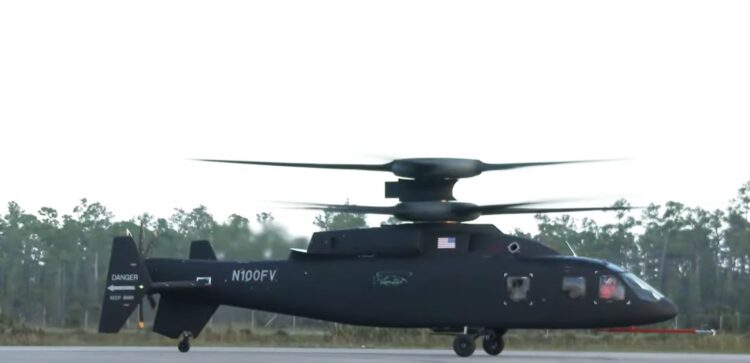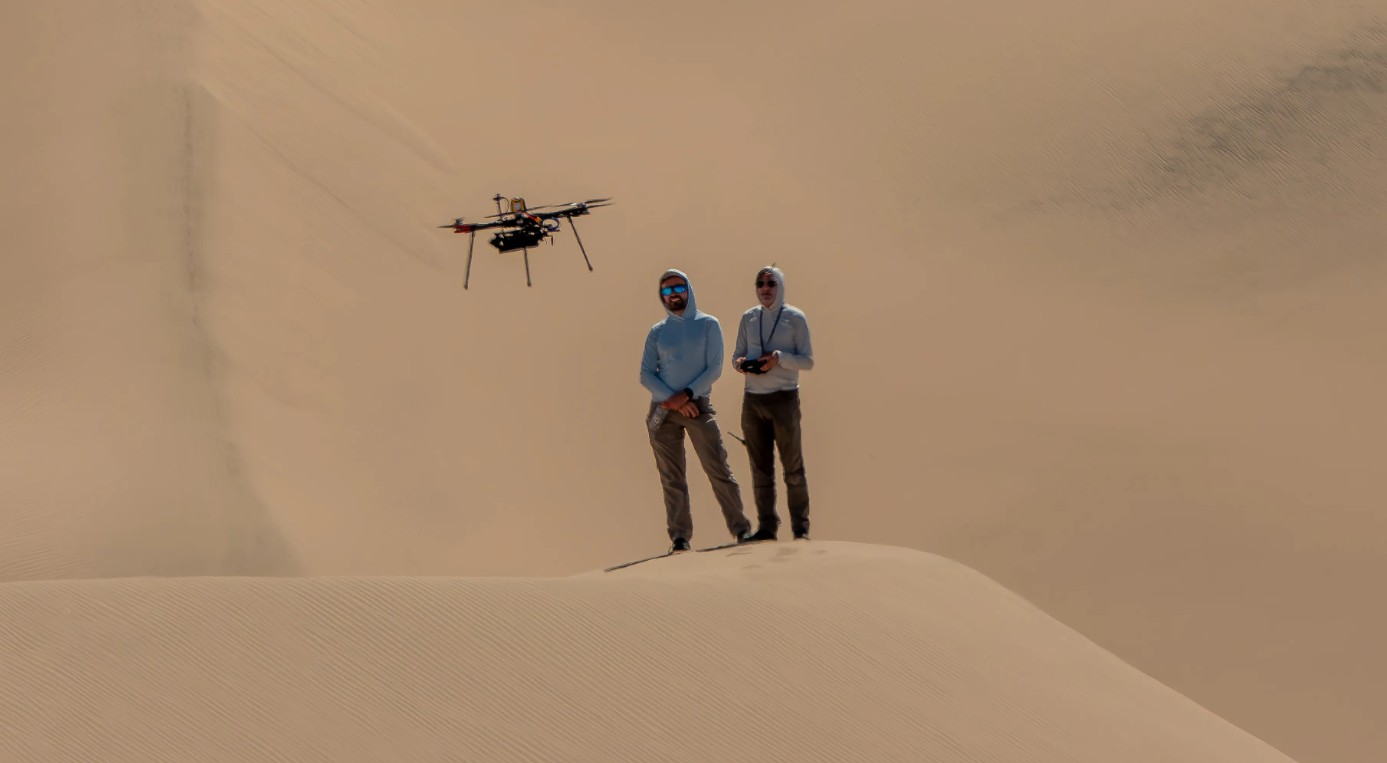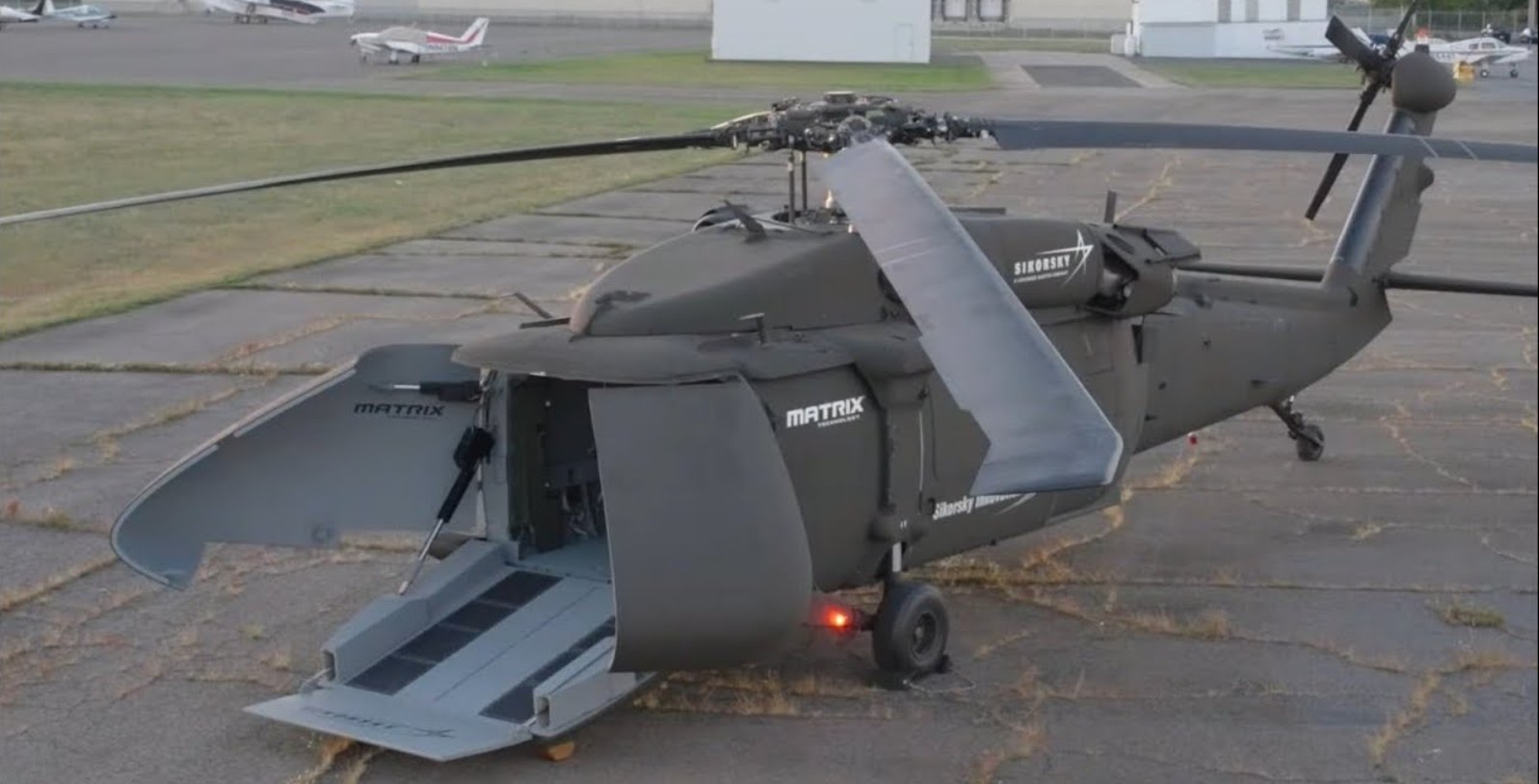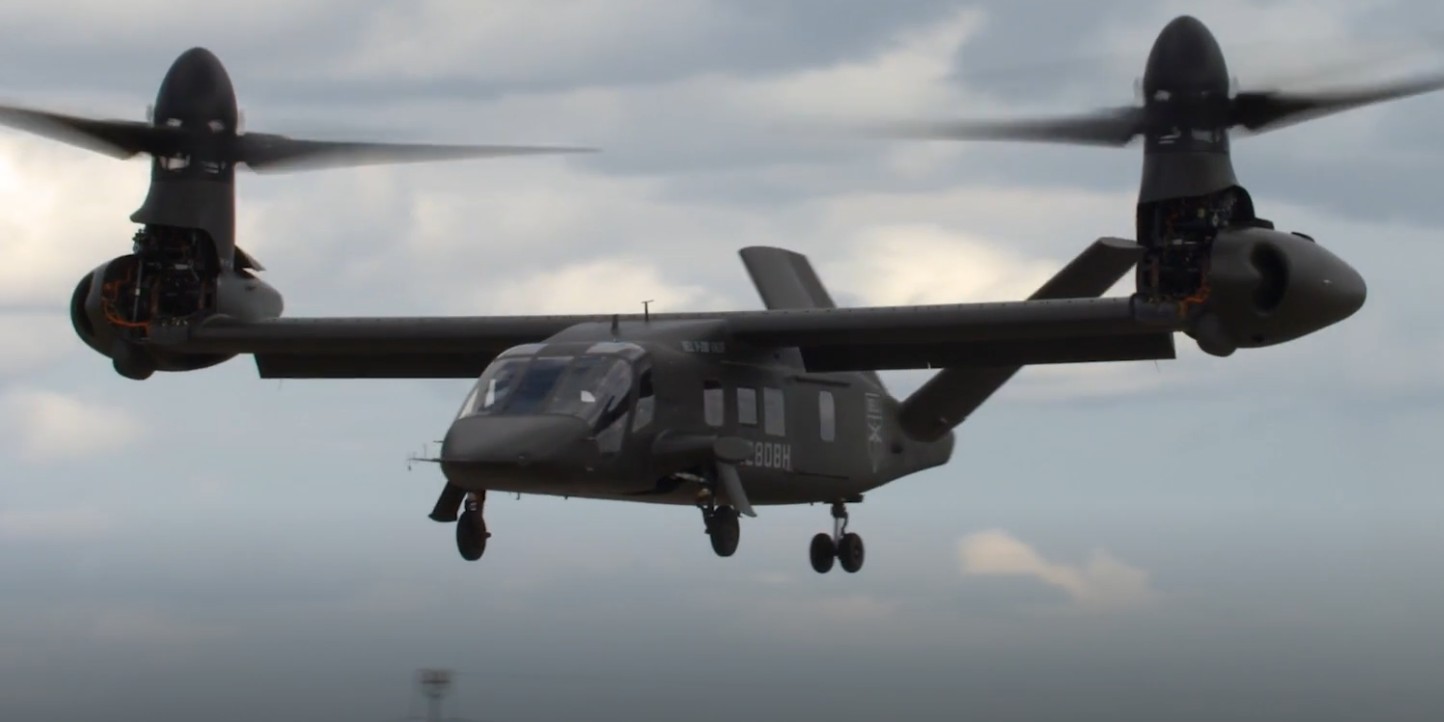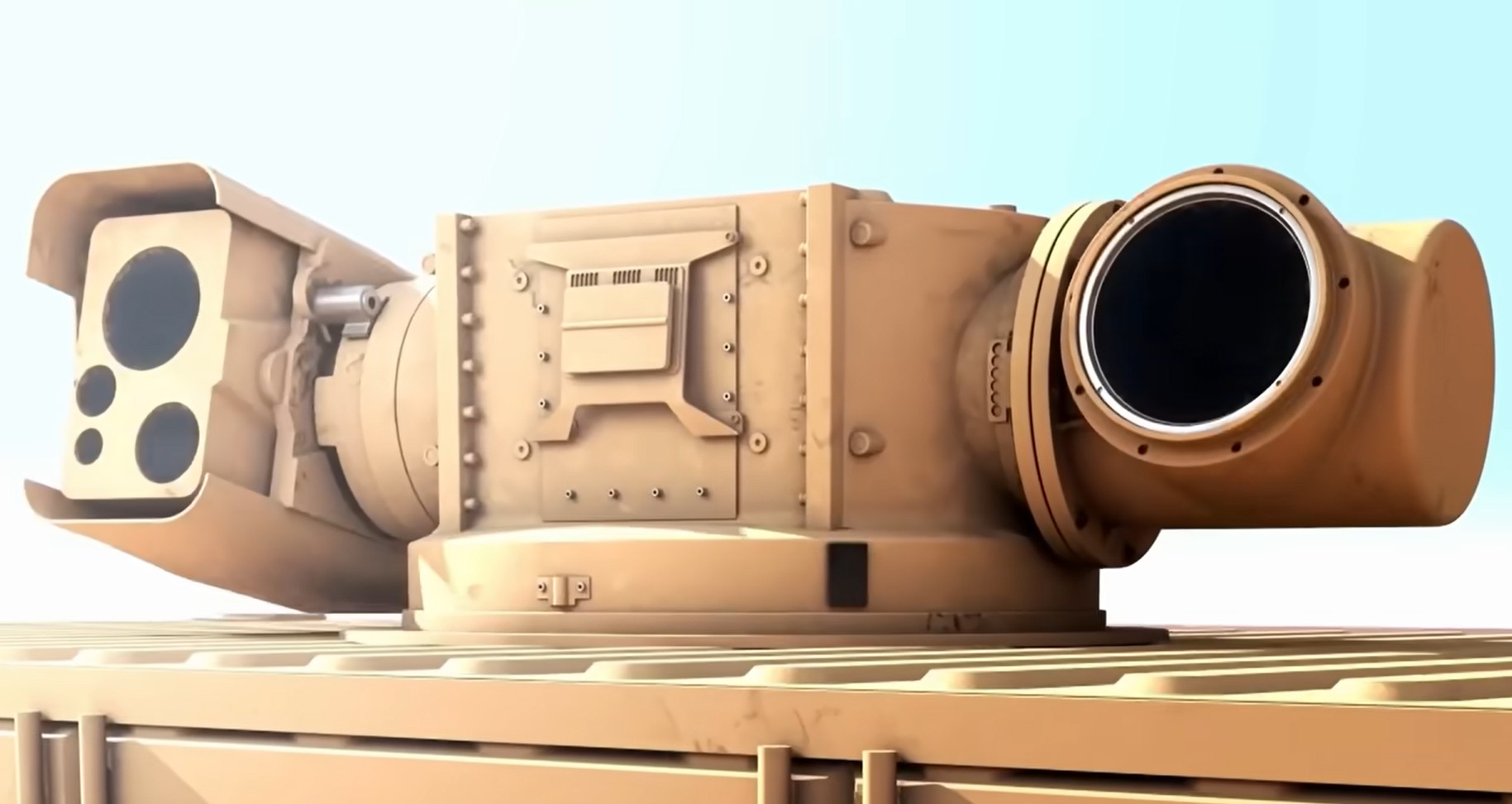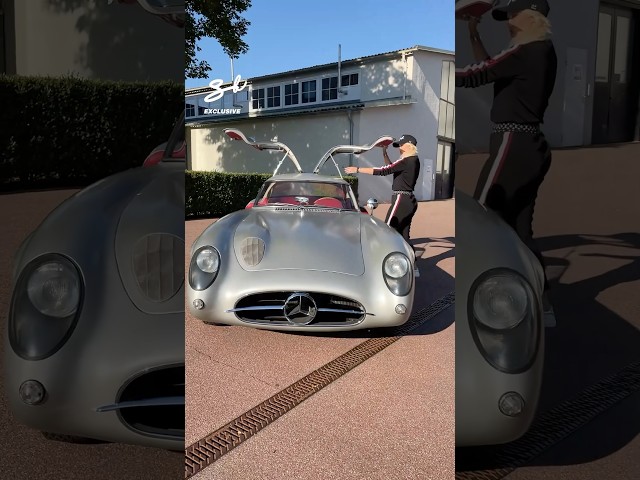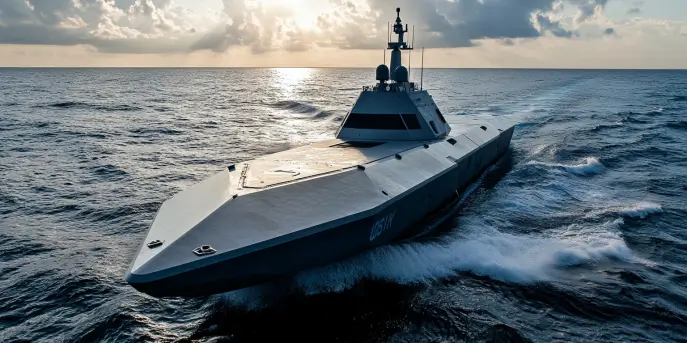The Rise and Fall of the SB-1 Defiant
The SB-1 Defiant, a fast and agile compound helicopter developed by Sikorsky and Boeing, once stood at the forefront of the U.S. Army’s Future Vertical Lift program. It was designed to push the boundaries of speed and maneuverability, utilizing a coaxial rotor system and a rear propulsor to achieve speeds beyond traditional helicopters.
Despite its innovative design and advanced technology, the SB-1 Defiant ultimately missed the opportunity to become the U.S. Army’s next choice of future vertical lift aircraft when it lost to the more conventional Bell V-280 Valor tiltrotor in December 2022.
Design and Capabilities
The SB-1 Defiant was crafted to tackle some of the most challenging aspects of rotary-wing aircraft design. Noteworthy for its coaxial rotor system, the helicopter boasted improved aerodynamic efficiency, stability, and reduced noise signature. These features allowed the SB-1 to reach speeds of over 250 knots, well above the speeds achievable by conventional helicopters.
Additionally, the aircraft’s rigid main rotor blades provided unmatched agility, while its fly-by-wire flight control system improved safety and pilot workload. All these advancements positioned the SB-1 as a top contender for the Future Long Range Assault Aircraft (FLRAA) program.
What Made the V-280 Valor Stand Out
The Bell V-280 Valor presented a more traditional approach with tiltrotor technology, already proven successful in the Bell-Boeing V-22 Osprey. Its blend of vertical takeoff and landing (VTOL) capabilities with the advantages of fixed-wing flight performance made it a strong candidate. The V-280 Valor offered increased range and speed, meeting the Army’s requirements efficiently.
| Specification | SB-1 Defiant | V-280 Valor |
|---|---|---|
| Maximum Speed | 250+ knots | 280 knots |
| Maximum Range | ~460 miles | ~500-800 miles |
| Passenger Capacity | 4 crew + 12 troops | 4 crew + 14 troops |
| Technology | Coaxial rotors, rear propulsor | Tiltrotor system |
Program Challenges and Setbacks
While the SB-1 had several technological breakthroughs, it also faced significant challenges throughout its development and testing phases. Delays in the program were primarily due to the complexity of its cutting-edge technologies and issues with component integration. These hurdles impacted the helicopter’s ability to meet critical milestones on par with its rival.
Another factor that played a crucial role was the operational lessons learned from the Bell-Boeing V-22 Osprey. The experience gained from the Osprey’s extensive service record potentially gave the V-280 an edge in terms of development confidence and risk management, impacting the Army’s final decision.
Implications for Future Vertical Lift Programs
The defeat of the SB-1 Defiant in the competition reiterates the challenges manufacturers face in the defense sector, where timing, cost, and technological maturity can outweigh innovation. The V-280’s selection highlighted the importance of proven technologies and lowered risk in high-stake military projects.
Sikorsky and Boeing’s experience in developing the SB-1, despite not securing the FLRAA contract, has paved the way for future technological advancements that could be adapted in other military or civilian applications. The insights and data gleaned from this program will likely inform and enhance future projects.
Looking Forward
Despite the setback, the technology developed for the SB-1 Defiant remains a valuable asset. As the Army continues to modernize its fleet, the learnings from this project may influence next-generation rotorcraft and expansive military aviation programs. The innovation demonstrated through the SB-1’s development underscores a bright future for advancements in vertical lift capabilities.
